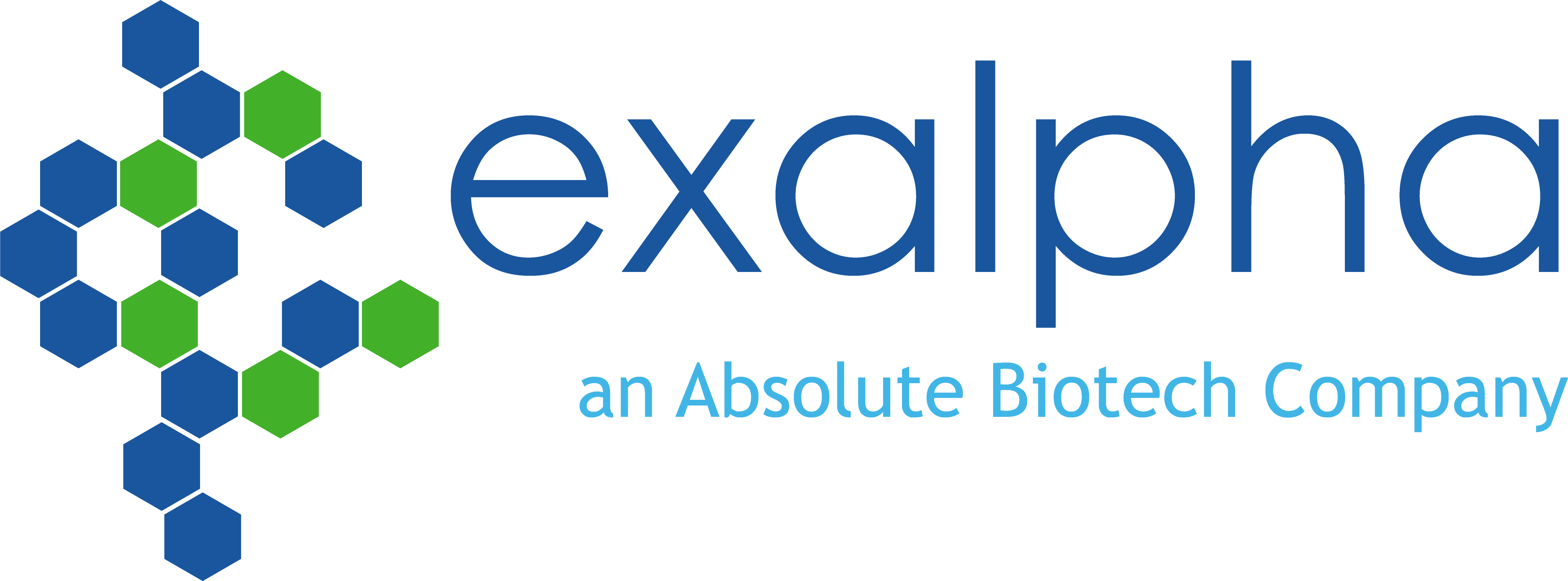Catalogue

Mouse anti Collagen Type IV
Catalog number: MUB0337P$422.00
Add To Cart| Clone | 1043 |
| Isotype | IgG1 |
| Product Type |
Monoclonal Antibody Primary Antibodies |
| Units | 0.1 mg |
| Host | Mouse |
| Species Reactivity |
Human |
| Application |
Flow Cytometry Immunohistochemistry (frozen) Immunohistochemistry (paraffin) Western Blotting |
Background
The extent of expression of the basement membrane component type IV collagen may be correlated with the degree of differentiation of basement membrane producing neoplasma. Neoplastic cells of invasive carcinomas often lack a continuous basement membrane. In diagnostic histopathology antibodies to type IV collagen may help to distinguish between non-invasive (benign or in situ) and invasive lesions. Furthermore the antiserum is important in the differential diagnosis of bullous lesions in dermatopathology.
Source
1043 is a mouse monoclonal IgG1 antibody derived by fusion of Sp 2/0 mouse myeloma cells with spleen cells from a BABL/c mouse immunized with purified human type IV collagen. The immunogen has been isolated from human placenta.
Product
Each vial contains 100 ul 1mg/ml of purified monoclonal antibody in PBS containing 0.09% sodium azide
Formulation: Each vial contains 100 ul 1mg/ml of purified monoclonal antibody in PBS containing 0.09% sodium azide
Specificity
1043 recognizes type IV collagen in the extracellular - basement membranes of normal and pathological human tissues.
Species Reactivity: Does not react with other species
Applications
1043 is useful for immunoblotting, immunocytochemistry on fixed cells (methanol fixation) and immunohistochemistry on frozen tissues when using a PBS buffer containing 0.1 mM CaCl2 and 0.1 mM MgCl2 .
For immunohistochemistry on paraffin sections the sections should be pretreated with 1 mg/ml pepsin in 0.01 N HCl for 30 minutes at room temperature. Optimal antibody dilution should be determined by titration; 1:50 – 1:100 for immunohistochemistry with avidin-biotinylated Horseradish peroxidase complex (ABC) as detection reagent, and 1:100 – 1:1000 for immunoblotting applications.
Storage
The antibody is shipped at ambient temperature and may be stored at +4°C. For prolonged storage prepare appropriate aliquots and store at or below -20°C. Prior to use, an aliquot is thawed slowly in the dark at ambient temperature, spun down again and used to prepare working dilutions by adding sterile phosphate buffered saline (PBS, pH 7.2). Repeated thawing and freezing should be avoided. Working dilutions should be stored at +4°C, not refrozen, and preferably used the same day. If a slight precipitation occurs upon storage, this should be removed by centrifugation. It will not affect the performance or the concentration of the product.
Caution
This product is intended FOR RESEARCH USE ONLY, and FOR TESTS IN VITRO, not for use in diagnostic or therapeutic procedures involving humans or animals. It may contain hazardous ingredients. Please refer to the Safety Data Sheets (SDS) for additional information and proper handling procedures. Dispose product remainders according to local regulations.This datasheet is as accurate as reasonably achievable, but our company accepts no liability for any inaccuracies or omissions in this information.
References
1. Visser, R., van der Beek, J.M.H., Havenith, M.G., Cleutjens, J.P.M. and Bosman, F.T. (1986). Immunocytochemical detection of basement membrane antigens in the histopathological evaluation of laryngeal dysplasia and neoplasia. Histopathology 10, 171-180.
2. Cleutjens, J.P.M., Havenith, M.G., Kasper, M., Vallinga, M., and Bosman, F.T. (1990). Absence of type IV collagen in the centre of the corneal epithelial basement membrane. Histochemical Journal 22, 688-94.
3. Havenith, M.G. et al. (1987). Human specific anti-type IV collagen monoclonal antibodies, characterisation and immunohistochemical appliCation. Histochemistry 87, 123-28.
4. Schapers, R.F.M., Pauwels, R.P.E., Havenith, M.G., Smeets, A.W.G.B, van den Brandt and P.A. Bosman, F.T. (1990). Prognostic Significance of type IV collagen and laminin immunoreactivity in urothelial carcinomas of the bladder. Cancer 66, 2583-88.
5. Cleutjens JP, Havenith MG, Beek C, Vallinga M, Ten Kate J, Bosman FT. (1990) Origin of basement membrane type IV collagen in xenografted human epithelial tumor cell lines. Am J Pathol. 136:1165-72.
Protein Reference(s)
Database Name: UniProt
Accession Number: P08572, Q01955, P29400, P53420, P02462
Safety Datasheet(s) for this product:
| EA_Sodium Azide |

Figure 1. Strong collagen type IV specific staining of MUB0337P Clone 1043) in the basement membrane surrounding epithelial ducts and glomeruli in a frozen section of human kidney up to a 1:200 dilution. Also staining in the connective tissue and muscular layer of blood vessels. No staining of epithelial cells.
